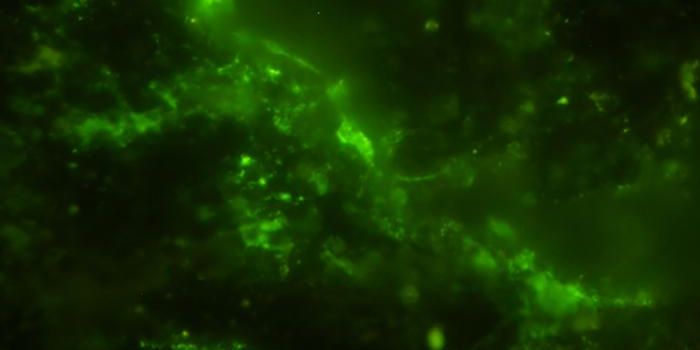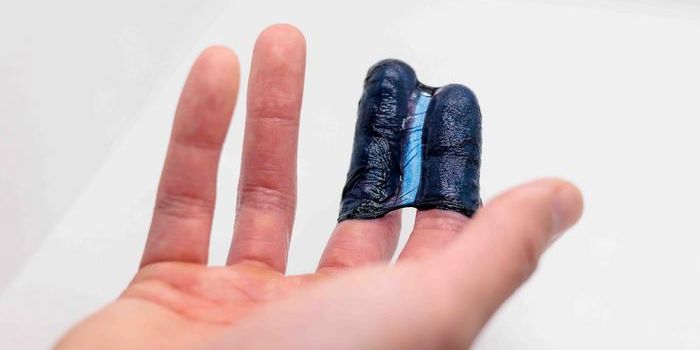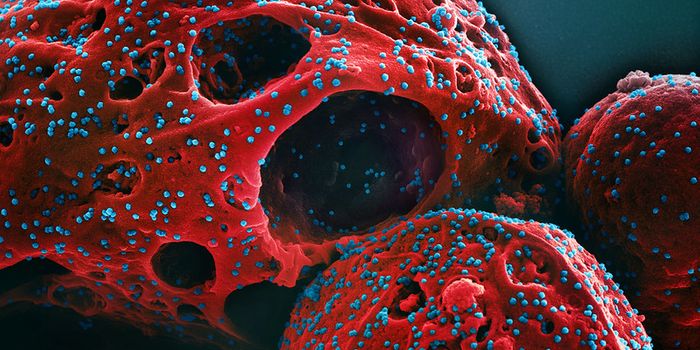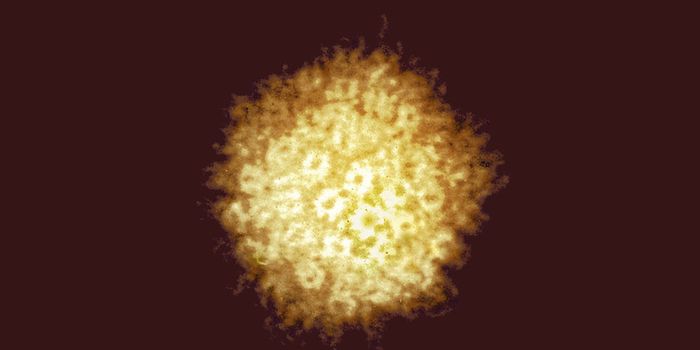Leprosy May Now be Endemic in Florida
Leprosy, also known as Hansen's disease, has been around for a long time. Records of the disease have been found in documentation from ancient civilizations. Although there has been a gradual but continuous reduction in the global incidence of the disease, about 200,000 new cases still arise every year, according to the World Health Organization (WHO). Leprosy is caused by a bacterium, Mycobacterium leprae. It has been uncommon in the US, but now, cases of leprosy are beginning to appear more frequently in several areas, particularly in Central Florida. Because the case numbers are rising in this area, scientists have reported that the disease may now be endemic in Central Florida. Other cases have arisen in California, Louisiana, Hawaii, New York, and Texas.
In a report by the Centers for Disease Control and Prevention (CDC), the authors note that we still do not fully understand how leprosy is transmitted. While some cases have probably arisen through zoonotic transmission from armadillos, not everyone who gets leprosy has been in contact with these animals. WHO notes that leprosy is not transmitted through casual contact like handshaking, but can be transmitted by contact with droplets in the nose and mouth of infected individuals. Leprosy patients do not transmit the disease once they start treatment.
Many of the more recent cases in the eastern United States, including Central Florida and Georgia, have no connection to animals and none of the individuals have recently left the US. In one case analysis by the CDC, the affected individual spent of a lot of time outdoors, supporting the suggestion that leprosy-causing bacteria can now be found in the environment there.
According to The National Hansen’s Disease Program, there were 159 cases of leprosy reported in the US in 2020, and about 80 percent of cases arose in Florida. At one time, people in the US with leprosy tended to bring the disease back from an international area where the disease was more common. But about 34 percent of cases that appeared in the US from 2015 to 2020 were probably acquired locally. There were also 21 cases in Florida in 2021.
The CDC has suggested that if clinicians encounter a potential case, it will be important to determine if the patient has recently been to central Florida.
Symptoms of leprosy include skin nodules, discolored or dry, rough patches on the skin, foot ulcers, and nerve damage that can lead to numbness, weakness, or eye problems if facial nerves are impacted. The disease can be treated with antibiotics, but can also lead to blindness, paralysis, eyebrow or eyelash loss, and disfigurement if it is left untreated.
Sources: WHO, CDC, The National Hansen's Disease Program









